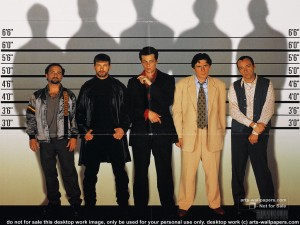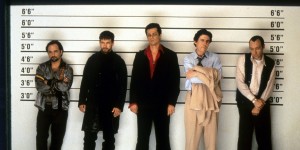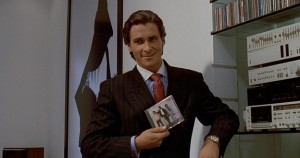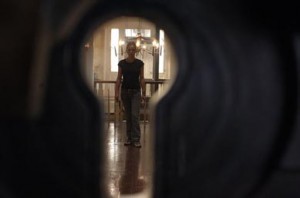What does a Psychological Thriller look like? This genre is so broad that a PT doesn’t immediately look like anything. Take this opening scene from ‘Donnie Darko‘, for instance. Aesthetically, it bears more resemblance to a dark teen movie like ‘Heathers’ or possibly ‘Pump up the Volume’ than another PT such as ‘The Sixth Sense’. It has all the hallmarks of a high school drama: lone outcast isolated in mundane, sleepy suburban setting. However, it goes beyond these initial expectations and develops into a psychologically evolved (veering on sci-f) drama. The Psychological Thriller is a genre that is able to take any scenario and draw the mystery and danger from it.
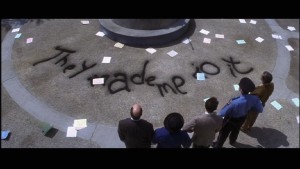

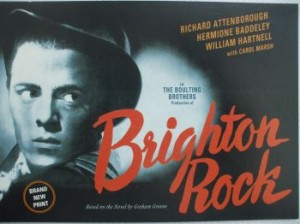
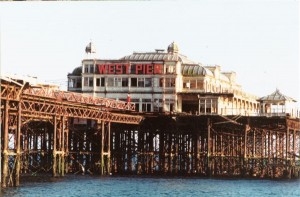
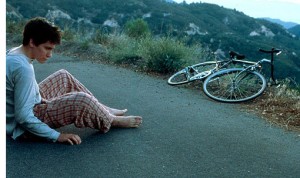
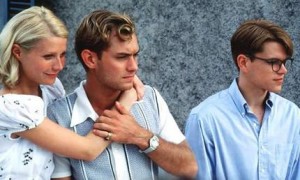 Writing this step outline I was aware of the way that the director is able to slowly up the tension until the climax of the first third of the film occurs on the boat. We are made to follow Tom Ripley and we become unnervingly intimate with his sociopathic tendencies. The audience is well aware of Ripley’s true nature before the either Dickie or Marge are.
Writing this step outline I was aware of the way that the director is able to slowly up the tension until the climax of the first third of the film occurs on the boat. We are made to follow Tom Ripley and we become unnervingly intimate with his sociopathic tendencies. The audience is well aware of Ripley’s true nature before the either Dickie or Marge are.